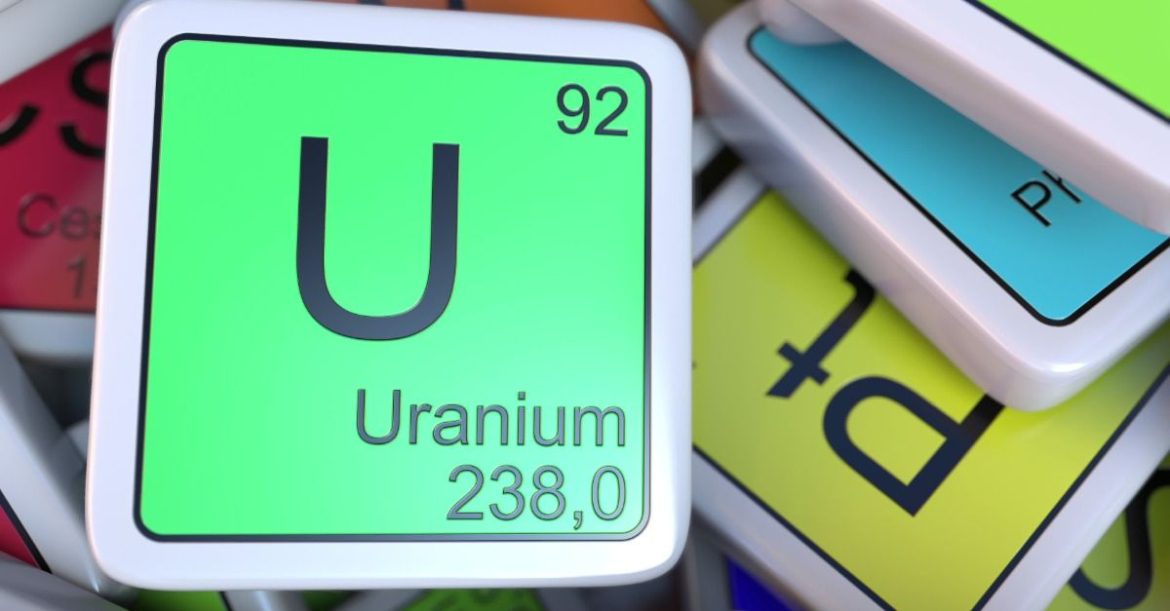The Global X Uranium ETF (URA) has bounced in the past few months as investors predict a renaissance in the nuclear energy industry. After dropping to a low of $22.76 on August 5, the fund has rebounded by over 42%, and is nearing its all-time high of $33.65.
Nuclear energy demand
The Global X Uranium ETF has rallied as the prices of uranium continued rising. Data by Markets Insider shows that uranium has risen from $78 in August to $82.95 today.
Still, unlike in 2023 when uranium prices soared, they have come under intense pressure, this year as they dropped from $105 to a low of $78.
This rebound happened as investors predicted that the nuclear energy industry will continue doing well in the next few years.
For example, we recently wrote that Microsoft had reached a deal with Constellation Energy, a large utility company in the US. The agreement is that the firm will restart the Three Mile nuclear energy plant to supply the company with reliable energy for its data center.
Analysts expect that Microsoft will pay Constellation between $110 and $115 per megawatt hour in the 20-year long-term deal.
Microsoft is not the only company working on the nuclear energy. This week, Google inked a deal with Oklo, a company affiliated with Sam Altman to develop small modular nuclear power plants in the US.
Therefore, most nuclear power stocks have surged, with some of them hitting their all-time high.
For example, the Oklo stock price has soared by over 56% this year, outperforming the S&P 500 and the Nasdaq 100 indices.
Better still, NuScale shares have surged by 480% this year, outperforming popular brands like Nvidia and MicroStrategy. It has moved from a small company to a large one valued at over $3.3 billion. Uranium Energy Corp and Uranium Royalty have also surged by double digits.
The URA ETF has also surged after the Department of Energy approved the conceptual design for Oklo’s Aurora Fuel Fabrication Facility. As part of the approval, Oklo received 5 metric tons of high-assay low-enriched uranium (HALEU) and used nuclear fuel.
Analysts believe that the small modular nuclear power plants will be the ket driver for nuclear energy in the next few years. For example, Rolls-Royce Holdings is working on these plants in the UK.
Uranium demand and supply metrics
The challenge for uranium is that supply and demand metrics mean that uranium prices may remain under pressure for a while.
According to the Energy Information Agency (EIA), the domestic uranium market is expected to grow in the US. Mining production is expected to keep growing this year as the number of development holes dug rising to 1,930 last year, from 260 in 2021.
Global production is also expected to continue rising as many of the idled mining locations come back online. A few years ago, mining operations in Kazakhstan almost dried as prices dropped.
Other suppliers like Australia, Namibia, and Uzbekistan have also increased their production as demand rises. For example, Australia is expected to export over 8,000 tonnes by 2028, a big increase from the 4,933 tons it sold in 2022.
URA is a top uranium ETF
URA is one of the best approaches to invest in uranium. Unlike popular commodities like crude oil and natural gas, it is not offered by most brokers, making it highly difficult to invest in it.
URA, therefore, gives access to uranium by investing in the biggest producers and Sprott Physical Uranium Fund.
Cameco, the biggest uranium company, is a key player in the fund. Its stock has soared by over 54% in the last 12 months, helped by its strong performance and hopes of higher uranium prices.
The other top players in the URA ETF are Nexgen Energy, NAC Kazatog-Regs, Paladin Energy, Denison Mines, Mitsubishi Heavy, and OKLO.
URA ETF analysis
The weekly chart shows that the URA ETF has staged a strong comeback in the past few days, helped by the strong sentiment in the market.
It has soared from $22.84 in August to $32.35, and is nearing its record high of $3364. The stock has also risen above the key resistance point at $28.05, its highest point in November 2021.
URA has also moved above all moving averages, while the Relative Strength Index (RSI) and the MACD indicators have pointed upwards.
Therefore, the stock will likely continue rising as bulls target the next key point at $33.65, its highest point on May 24th. A move above that level will point to more gains since it will invalidate the double-top pattern that has been forming. If this happens, it will point to more gains, with the next point to watch being at $40.
The post Here’s why the Uranium ETF URA has gone vertical appeared first on Invezz

